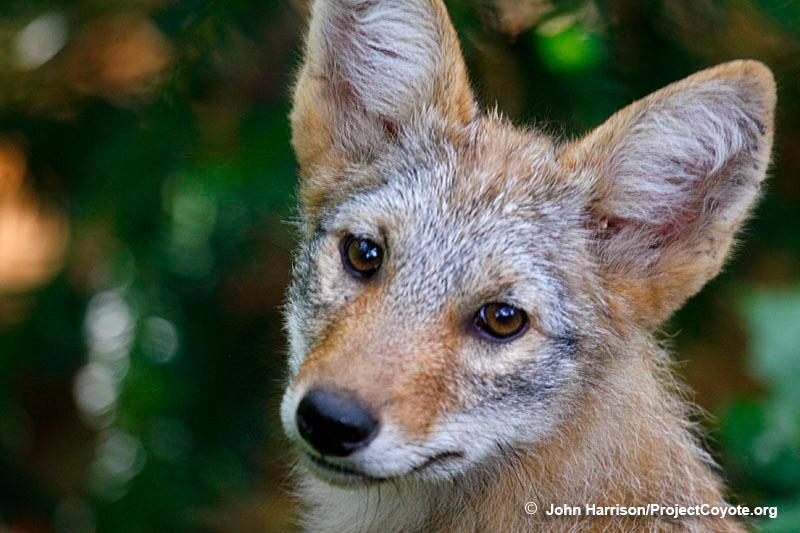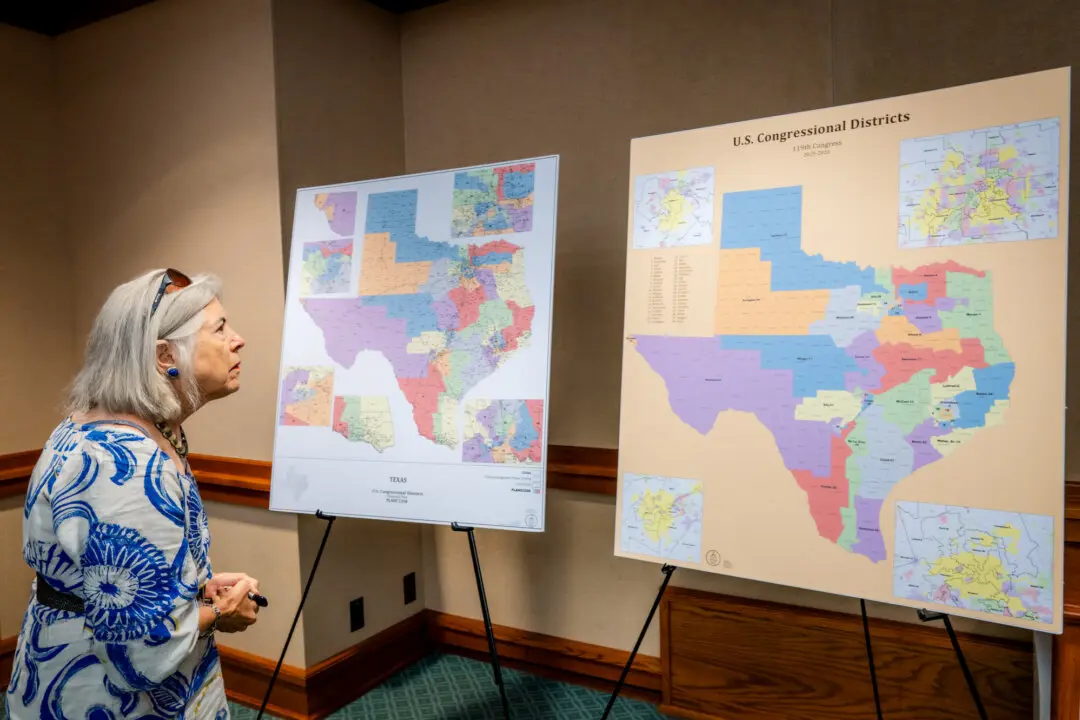NEW YORK—It was a cold day in Cortlandt Park as we walked along a series of snow-covered paths, taking in the vast expanse of whiteness, looking for a coyote den.
Our hope of actually seeing a coyote was dispelled almost immediately as we were told by our guide, park ranger Rachel Neville, there would be “no chance” of a sighting today with a crowd of this size, especially since, as she informed us, her sergeant had only caught five sightings in all her years. It was likely the evasive coyotes already knew we were here.
Coyotes have been lurking among us for over 20 years, slowly integrating across all five boroughs of the city. Despite their menacing reputation, experts tell us we have nothing to fear.
NYC urban park rangers held a one-off event on March 21, at the Van Cortlandt Nature Center as part of their on-going series of weekend workshops. The aim was to inform locals about NYC’s growing population of coyotes, and it turned out to be the most popular event the rangers have ever held—the crowd of 50 hopeful coyote spotters had to be split into two groups.
The event was called Living With Urban Coyotes. Its goal was to provide information and raise awareness about the eastern coyotes by walking through their habitation to dispel any fears that anyone might have, and to issue guidelines on how to live in harmony with these timid creatures.





